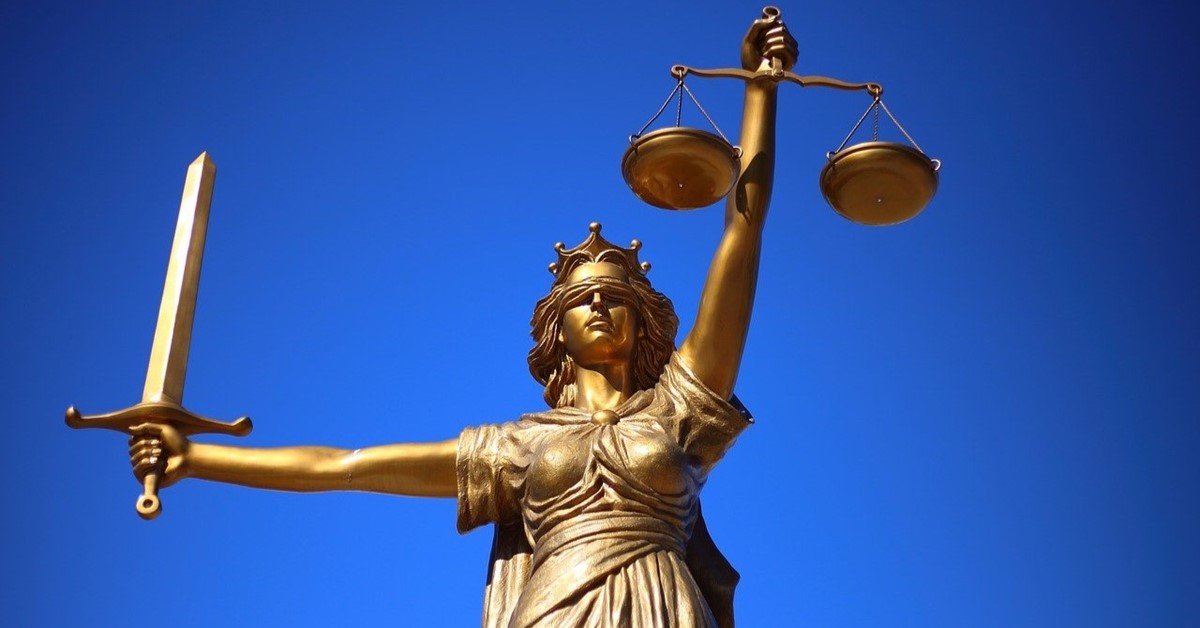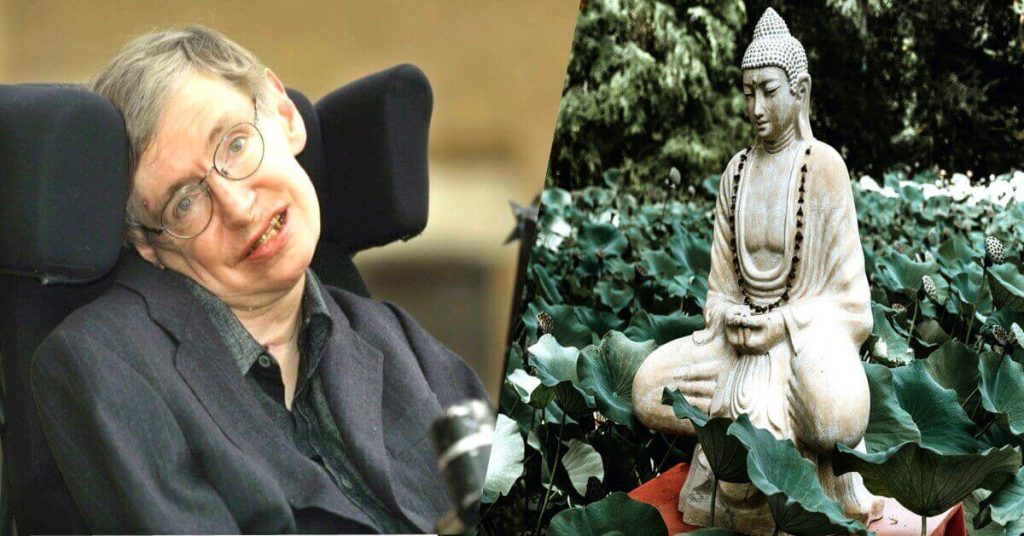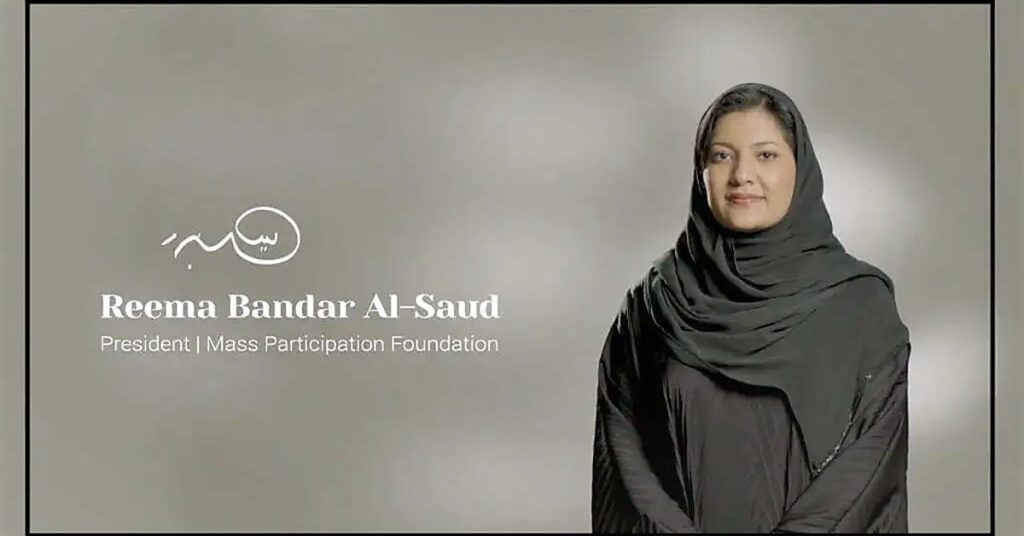Last updated on August 19th, 2024 at 09:04 pm
Bangladesh, nearly five decades after its independence, faces renewed political turmoil, driven by a faction of Islamic clerics opposing statues and sculptures across the nation. The debate over idol worship and statues has blurred the lines between religious doctrine and cultural expression, exacerbating divisions within society. Vandalism of statues, often motivated by political vendettas, reflects a broader conflict between liberalism and radicalism. While some argue that statues represent cultural and historical significance, others view them as un-Islamic, leading to their destruction. This tension between secularism and fundamentalism threatens to undermine the nation’s cultural heritage and societal cohesion.
Bangladesh, after nearly half a century of its independence, is again in political turmoil caused by a section of Islamic clerics against its statues, and sculptures of all kinds.
But idol worship and the idle brain of ideal idiots of conventionally accepted speakers of the society are being conflated.
The laypeople, who possess no in-depth knowledge of scripture and Islamic creed are narrowing down their illiberal views about liberal things.
Most of the time vandalism of statues and monuments comes as a political vendetta, especially of controversial political heroes. In fact, there are no undisputed political heroes.
As late as 2022, the statue of Emir Abdelkader, the Algerian resistance against the French invasion, was vandalised hours before its inauguration. Statues and monuments are victims of racism, vandalism of the statue of George Floyd speaks of that.
Antisemitism sentiment was expressed by vandalising the statue of Anne Frank, the Jewish girl who hid along with other Jewish people for nearly two years in Amsterdam during the Holocaust before they were detained. The Statue of George Washington, the first president of the United States endured vandalism of racism.
Though vandalism and destruction of statues of the disputed figures are politically motivated in non-Islamic nations, the destruction of statues of political, cultural and historical figures has a religious implication.
When Islam discourages even drawing figures of animals and awards severe punishment to the painters, the followers of Islam consider any form of statues or monuments un-Islamic. So they destroy statues which they consider idols.
Are statues and idols the same in significance and serve the same purpose? When a statue is defined as “a three-dimensional representation usu. of a person, animal, or mythical being that is produced by sculpturing, modelling, or casting”, “idol” can be defined as “a representation or symbol of an object of worship”, with different purposes of the two.
Premise
On May 16, 2017, before dawn emerged, the statue of Lady Justice, Themis, the goddess of law and justice was brought down from the pedestal by religious zealots. Similar to the ancient Greek goddess of justice, Themis, it was installed in the Supreme Court premises of Bangladesh in December 2016.
However, faced with en masse anger and protestations from a group of radical Muslims, who termed it ‘Un Islamic’ or ‘Anti-Islamic, the then Chief Justice Surendra Kumar Sinha was forced to pass the bill of removal of the statue. Nevertheless, it was re-installed the next day, reported the Dhaka Tribune.
The news of the removal of the statue of Lady Justice was circulated in numerous powerful print media, e.g., The Guardian, The New York Times, Scroll In and many others.
Nevertheless, they successfully vandalised the statue with the ouster of the secular government led by Sheikh Hasina, on August 5, 2024.
Before that, protests for the removal of other statues erupted primarily in Dhaka city in October 2008 by a few teachers and students of Dhaka University, reports The Daily Star. Again, in late November, this year the chief of the Hefajat-E-Islam, a radical Islamic group, denigrated the statues of Bangabandhu Sheikh Mujibur Rahman, the father of the nation. He stirred the audience while delivering in a religious gathering to demolish any form of statue, including that of Bangabandhu, across the country.
Following the conference, on December 6, 2020, miscreants vandalized a statue of Bangabandhu in the district of Kusthia of Khulna division. Although, police arrested two madrasa students in connection with the incident.
But, once again the people of the nation and the nation seem to be divided between for and against the statues, or for the spirit of independence or against fundamentalism, or for Islam and against secular people. Because of the people with conservative views and madrasa students gearing for widening the gap between liberalism and radicalism.
Idolatry vs. Art and Culture
Like any other monotheistic religion, Islam also forbids worshipping and placing any form of statue, idol, or image beside or before God. Therefore, again, and again, statues and sculptures of the nations across become religious and political issues. Islamists attack the premises and works of secular and liberals.
It is more than obvious that they are in a constant move of radicalisation of the nation (regarding Bangladesh) that fought and won independence from another Muslim nation, Pakistan, based not on any religious sentiment but secular and inclusive fervour.
That is to say, whenever the spirit of secularism tries to expand its horizons and to uproot fundamentalism through various forms of expression and education such as, art, literature, music and other cultural activism, the radical Islamic preachers add coals to the fire of fundamentalism.
The temerity and audacity of these preachers are so unwarranted and against the spirit of inclusivism that they are sometimes condemned as conspirators. The deep-rooted conspiracy against secularism and democracy, in fact, is at play in the nation, when fundamentalism often succeeds in achieving what it longed for through political patronisation. Their empowerment means disenfranchisement of secular voices and inevitable divisions within the nation.
Is it the statues or the pre-eminent power of them making people progressive bother the radicals? We all, in one way or other, do worship some kind of image, statue or idol consciously or subconsciously. Famed as Socrates of Bengal, the unconventional writer and poet Professor Humayun Azad once wrote “The Muslims of Bangladesh may not be the idol worshipers, but certainly worship the image, the imaginary shape or concepts.”
When idolatry or the worship of Murti/ idol that Hinduism or pantheism consider as expressions of reverence towards gods or goddesses, Muslim interpretation of idolatry or statue is in fact, often misleading and conservative.
They cannot or do not purposely understand the distinction between idol worshipping and having statutes as symbols of some culture and heritage. Take, for example, the Turkish and Islamic Art Museum which was once a palace of Ibrahim Pasha, in Istanbul.
Along with other relics, it contains many collections of Islamic arts, the footprint and strands of hair of Prophet Muhammed. Just because they are collected and stored for display does not mean they are there for worshipping purposes.
Not the idols for idolatry but statues or sculptures often simply represent a certain significant figure in history such as the statue of Mohammed Ali Jinnah, Mahatma Gandhi and Sheikh Mujibur Rahman, Alexander the Great, Socrates and so on.
Culturally and aesthetically persevered figures such as Themis, the symbol of justice and fairness, the figure of Fonseca as a symbol of female beauty, and the statue of Marcus Aurelius as a symbol of military achievement have been in cultured people’s sight and psych for a long time. None of the figures mentioned demands any form of worship from anyone in the 21st century. They are there simply for secular educative purposes.
Quran on idols
And yet, if the radical minds equate the statues and sculptures with idols, figures to offer worship, then there is a problem of understanding the differences in ideologies and of understanding what is and what is not to be worshipped. But none has the right to impose the majority ideology on the minority in a free society. Moreover, many Muslim nations have statues or sculptures.
The largest Muslim nation Indonesia has the tallest statue of the Hindu god Vishnu, known as the Garuda Wisnu Kencana statueor GWK statue; the great Islamic scholar Al Biruni and Omer Khayyam’s statues are in Iran along with many other stunning figures; Saudi Arabia has sculptures and statues; statues, sculptures and paintings lay all around Egypt; Jordan, a country of 93.8 Muslims, has some of the oldest human figure statues in their museum; Malaysia has two-century-old Hindu Lord Murugan Statue and National Monument Park with human statues.
%20is%20a%20121-meter%20tall%20statue%20located%20in%20Garuda%20Wisnu%20Kencana%20Cultural%20Park,%20Bali,%20Indonesia..jpg)
In the law of Prophet Muses, idolatry or worshipping an idol and making a certain figure for the sole purpose of offering prayer, worship and sacrifice, is considered putting or honouring another god besides the Absolute God. Most of the time believers’ ideas about what is idolatry and what is not, are shaped by the interpretation of the scriptural texts.
According to the quranic account mentioned in verses 69-75 of Chapter 26, Sura Ash-Shu’ara of the Holy Quran–Bridge’s translation– declares that when Abraham asked his father and his people about their worshipping something else besides Allah “They said, “We worship human-shaped idols and we remain consecrating ourselves to them.”
قَالُوا۟ نَعْبُدُ أَصْنَامًۭا فَنَظَلُّ لَهَا عَـٰكِفِينَ ٧١
Other acclaimed Quranic scholars like Dr. Mustafa Khattab, Sayed Abul Ala Maududi and A. Yusuf Ali translate the verse, “We worship idols, to which we are fully devoted.”, “There are some idols that we worship and are devoted to them with constancy.” and “We worship idols, and we remain constantly in attendance on them.”, respectively.

Chapter 74 verse 5 declares ” Shun the idol” (Dr Mustafa Kattab), “and keep away from filth”, (T. Usmani), “Shun uncleanness”, (A. Maududi), “and all abomination shun” (A. Yusuf Ali) and “And keep away from Ar-Rujz (the idols)!” (Al-Hilali & Khan).
While most of the translations define the Arabic word from verse 74 وَٱلرُّجْزَ as “filth”, “uncleanness”, or “abomination”, some think it refers to idols.
However, Ibn Kathir’s commentary narrates the verse “(And purify your garments!) “This means, do not let your garments that you wear be from earnings that are unlawful.” It has also been said, “Do not wear your clothes in disobedience.”
According to Muhammad bin Sirin وَٱلرُّجْزَ means “And purify your garments!” and “This means clean them with water.”Ibn Zayd said, “The idolators would not clean themselves, so Allah commanded him to clean himself and his garments.”Said bin Jubayr said, “This means purify your heart and your intentions. According to a narration of Sayyidna Ibn Abbas, it signifies ‘any sin’, according to Ma’arif Al-Qur’an.
Monotheists, like Muslims, are forbidden to worship idols in the ways paganism placed value on them. Verse 19-20 of chapter 3 of the Holy Quran “Have you then considered Al-Lar, and Al-‘Uzza (two idols of the pagan Arabs), And Manat (another idol of the pagan Arabs), the other third? Is it for you the males and for Him the females? (Al-Hilali & Khan translation). The worshipers of the Al-Lat, Al-Uzza and Manat were making them rivals to God. Verse 136 of chapter 6 shows how they considered gods/idols equal to God while sharing their produce and livestock.
Moreover, even the Old Testament forbids worshipping anyone or anything besides God Almighty. Exodus chapter 20 verse 3 declares, “You shall have no other gods before me.”
The purpose is clear according to the verses: not to have any statue or idol, in the shape of a human (or any), for the purpose of worshipping and making or considering them holy or pure and supplicate unto them anything. But do the verses say anything against possessing them for cultural and decorative purposes? To me, it looks like, God’s problem for us is not possessing and making an idol or a statue, the problem is with the purpose of/with them.
Are the portraits of Saudi Royal figures, the sculpture of Turfa the mare in Diriyah Arabian Horse Museum, and the figures and images of Al-Buraq in Islamic history and museum meant for worshipping of any kind? In fact, an archaeological discovery of Saudi Arabia reveals that sculpting emerged in the Arabian Peninsula six thousand years ago. Through the discovery, the researchers from Saudi Arabia believe that its cities are to become home to historical artefacts.

If preservation and protection of history and heritage through arts, statues and sculptures do not harm Islam and Islamic activities in many parts of the Islamic world, then why is it the otherwise this country? Is the ongoing agitation against the statue of Bangabandhu a motivated one to fulfil the interest of a vested quarter? Is it about religion or simply a political ploy to unrest the nation?
After all, how can we still reconcile the problem of ‘statue’, ‘idol’ and ‘image’ or ‘photographs’ which can also be used as the objects of worship? People worship not only statues or idols but also images. And, Should we also “shun” the photographs from our lives or should they serve other purposes?
If ubiquitous and pervasive photographs of humans, and animals on papers, banknotes, billboards, TVs, books, product packets, on social media, and websites should not serve the purpose of holiness and rivals of God, then why the liberal and cultural statues or monuments do?
Should we reconsider our position towards them? Should we be aware of the distinctions between “idol” and “statue”?

After 10 years of waiting, the Department of Culture and Tourism of Abu Dhabi opened The New Louvre Abu Dhabi Museum. It is one of the most inspiring museums to take humanity back in the antiquities. From the time of 6500 BCE to the modern world it contains various objects, portraits, human figures, idols of Shiva, statues of Christ, Buddha; famous rulers, kings, emperors etc.
Live modern, yet think medieval!
Wonderful to see how Islam, Buddhism, Hinduism and Christianity are placed side by side with cultural, religious and political significance attached. I can think of nothing more educative and harmonious than this effort: the outstanding representation of art and culture. Art has always been an attribute of power throughout the world.
On the contrary, the opposite of that is what has happened in Mosul, Iraq, and the Maldives. Maldivian court ordered to destruction of the marine artwork by environmentalist Jason deCaires Taylor. Islamic State (IS) militants destroyed Mosul’s archaeological museum because they thought it was part of the period of “Jahiliya” or ‘the time of ignorance’, the time before the emergence of Islam.
Therefore, anything that belongs to the period of Jahiliya is anti-Islamic and needs to be destroyed, e.g., statues, idols, paintings or portraits. “In doing so, it intends to return to the origins of Islam and its first actions, so the discourse of terrorists is effectively presented to us as retrograde, puritanical and radical”, to quote Jorge Elices Ocón, the researcher of Universidade Federal de Sao Paulo.

Canadian far-right white journalist Stefan Molyneux said: “Anybody who tries to change society without first examining the family, is trying to push a shadow without moving a statue.” If the radicals of the nation are on the move to change popular perception about art and culture, should they not first change themselves?
Encyclopaedia Britannica defines idolatry or idol worship as “the worship of someone or something other than God as though it were God” while gross, or overt, idolatry consists of explicit acts of reverence addressed to a person or an object—the sun, the king, an animal, a statue, money, fame, leaders, saint or Sufis, a shrine or any passion.
How some men fail to differentiate between idols or images for worship and sculptors or statues are merely parts of art and culture, is incomprehensible. Across the US people vandalised many well-known figures who were infamous for racism.
I think only once in history the statue of Mahatma Gandhi is vandalised in the Indian Embassy, US, during the protest against the custodial killing of George Floyd. People protested and brought down the statues on political grounds, not on the backwards-looking zeal.
In 2019 the Taliban in Afghanistan destroyed the tallest statue of the standing Buddha. The statues were part of Afghanistan’s rich cultural history. Islamic militants destroyed numerous archaeologically, historically and culturally important sites in Syria and Iraq.
Above all, If the conservatists of the land find their way to define any culturally significant statues of sculptures as Paganist or Anti-Islamic and the simple-minded populace are drawn by them, the political scenario will submerge in turmoil.
Michelangelo is often quoted as having said that inside every block of stone or marble dwells a beautiful statue; one need only remove the excess material to reveal the work of art within.
The minority of the land, especially people who worship idols will feel cornered by the majority. Soon the Hindus and Buddhists will discover that their idols are stolen, vandalised, demeaned or violated. The nation’s museums will be hijacked, cultivation of art and culture and human endeavour of creativity will come to a halt.
Conclusion
In order to create a just, flourishing, secular, secure and inclusive society cherishing the roots, that is cultural heritage, cultural history promotion and cultivation of art and literature cannot be replaced with anything else.
The US family therapist and landscape painter Rosamund Stone Zander wrote that “Michelangelo is often quoted as having said that inside every block of stone or marble dwells a beautiful statue; one need only remove the excess material to reveal the work of art within.”
Instead of corrupting the sane mind with ‘Idol idolatry and idle brain of ideal idiots’, we must find a reason to look for a statue inside every block of stone. Parochialism, and hatred, will not help the brilliant mind to see beyond reality to possibilities of human camaraderie. Let’s stand for creations, arts and possibilities, and fight funambulism.
You may like Amazing woman of Saudi Arabia: Princess Reema






